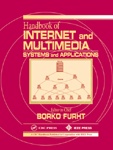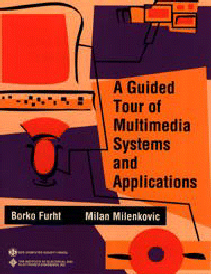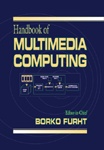Cloud computing has become a significant technology trend, and many experts expect that cloud computing will reshape information technology processes and the IT marketplace. With this technology, users use a variety of devices, including PCs, laptops, smartphones, and PDAs to access programs, storage, and application-development platforms over the Internet, via services offered by cloud computing providers. Advantages of the cloud computing technology include cost savings, high availability, and easy scalability.
This manuscript will include contributions of the world experts in the field of cloud computing from academia, research laboratories, and private industry. The objective of the project is to introduce the basic concepts of cloud computing architectures and systems, as well as recent and future technologies applied in cloud computing. The project will also present the systems, tools, and services of the leading providers of clod computing including Google, Yahoo, Amazon, IBM, and Microsoft. Finally, a selection of cloud computing applications will be described as well. |






